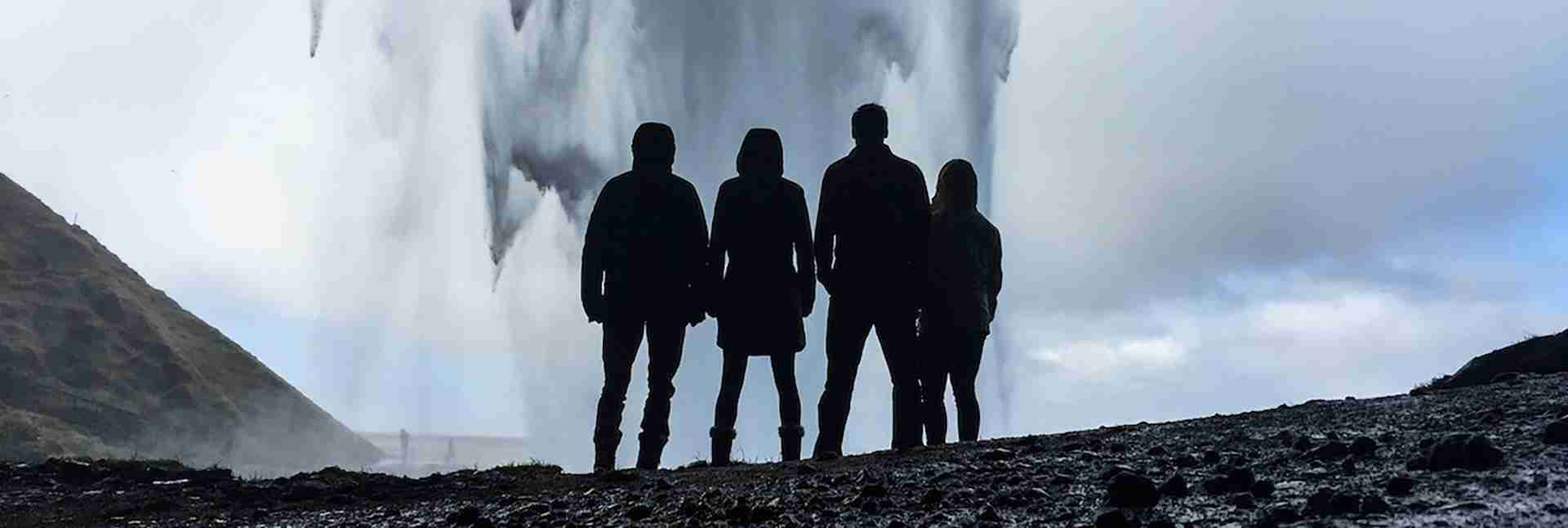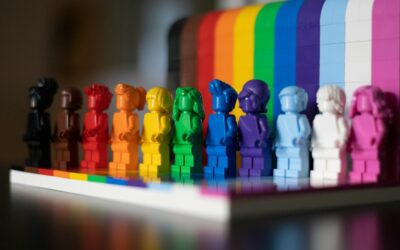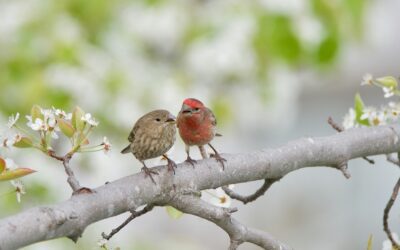How Covid-19 disrupts experience culture and the millennial identity.
The disruption of the experience economy set to change millennial culture
Every marketeer knows that millennials are obsessed with experiences. Until recently, the depth of our obsession was illustrated both by how we spent our income and what we shared about ourselves to our networks, contributing to a millennial culture that nurtured and admired a sense of wanderlust and discovery.
Then, two months ago the Covid-19 pandemic called an abrupt halt to the experience business. We’ve watched as restaurants closed their doors, theatres and night clubs fell silent, and planes came back down to earth and stayed there. Now many of us inhabit a world that only stretches as far as the end of our own gardens, and a return to our previous habits still looks to be a long way off.
How millennials respond to this disruption will not only have immediate consequences for businesses in the experience economy but will also have deep repercussions for wider millennial culture. It will influence millennial values, our notions of identity, and the lifestyle and product choices we make as a result.
In the article that follows, we draw on personality theory and our own cultural observations of the millennial reaction so far to anticipate what these effects will be.
The Explorer; the heart of the millennial identity
Some readers may already be familiar with the twelve Jungian archetypes , the framework developed by psychologist Carl Jung for understanding human personality. Each archetype is created from emotions, images and associations that Jung argued hold deep symbolic meaning across all human societies, therefore representing different personality types. Each of the twelve archetypes has its own set of traits, values, beliefs and desires, and they frequently occur in storytelling. For example, the Sage archetype pursues knowledge (Yoda), and the Lover seeks intimacy and connection (Romeo and Juliet).
Of course, in real life nobody emulates a single archetypal persona one hundred percent of the time. Individuals are far more complex. But archetypes can be a helpful tool for characterising the values and traits that a group of people, or generation, have come to admire.
In the case of both Western and Asian millennials alike, the Explorer has emerged as a prominent aspirational persona; the character who seeks freedom and wishes to make their mark on the world through discovery and exploration.
The increasing accessibility of experience has played a crucial role in this development. As we have engaged with a wider variety of experiences, and it has become easier to cast ourselves in this role through our engagement with new people, places and adventures.
The development of this desirable persona also has a symbiotic relationship with what we share with our social networks. A snapshot of a hike in Bali or a casual strudel on a Viennese city break is shorthand for the poster’s adventurous spirit (and economic wellbeing.) We benchmark our lives more by what we do than by the possessions we accumulate, especially when long-term investments, such as home ownership, are increasingly out of reach, and so the explorer has become even more desirable.
But if millennials can no longer use experiences as a way to play the role of the explorer, then what will they do instead? Furthermore, do they hold onto the explorer as a desired persona, or does the centre of gravity shift towards a different set of archetypal values? Finally, how, if at all, will this change their lifestyle choices?
Two paths ahead for the wanderlust generation:
If we assume that the disruption to the experience economy continues for some time, there are two paths that the millennial identity might follow;
1. Intensify our veneration of explorers
As experiences remain inaccessible presently, reminiscing the past can take on extra value.
We can already see this playing out in social media in the sharing of “throw-back” posts from a past holiday or trip. These posts are characterised by a sense of nostalgia and the hope that the world will one day be as it was, but they are also a chance for them to extract further social value.
For example, Southeast Asian social influencers have taken to posting new content of previous travel adventures, featuring close shots focusing on pensive body language or wide-angle ones with vast natural landscapes or dramatic skylines. The first type of visual conveys emotional longing associated with ‘waiting it out’, while the second connotes the vastness and beauty of the world still unexplored – further fuelling a sense of unsatiated wanderlust.

L to R: Throwback travel posts are usually accompanied by captions expressing missing and longing
By mining old content, the poster reminds their network that they are still the same worldly and adventurous person. Moreover, the people who see that post will have no hope of accessing the experience for themselves, thus giving that moment rarity and exclusivity. On this path the explorer is idolised more than ever.
A parallel trend has been exploring opportunities within local travel, focusing on interesting details of known destinations or introducing new finds related to e.g. food, drink, fitness. Local destinations also provide a refreshing spatial context for millennials who have a need to fulfil product endorsements; a good alternative to home-based set ups. This allows for the continuation of ‘exploration’ whilst still showcasing an adventurous persona.

L to R: Southeast Asian influencers featuring local destinations to fulfil product endorsements, or feature new finds
In an extreme version of the future where travel is permanently limited, we might even imagine a sort of nostalgic identity emerging around our generation’s past experiences. In a similar way to the generation who experienced WW2, our memories become an exclusive feature of millennial identity because there is no way to repeat them. We decide to remain explorers forever, but only by revisiting the past.
At first, it’s hard to imagine how brands can practically respond to this type of reaction if current restrictions on the experience economy remain in place. The answer could lie in bringing touches of adventure and novelty into home-bound pursuits. Those who are in the experience economy may experiment with direct-to-customer models, or material products that raise feelings of nostalgia around their customers’ past experiences. Either way, businesses will need to remain conscious of a continued millennial need to tap into this persona, even if the options for doing so are limited.
2. Pursue a new identity: the rise of the creator
In another scenario we might decide to change our focus to values that fit with new lifestyle choices imposed on us. We can no longer travel or spend the weekend at a festival, so we explore what capital we can unlock from activities within our home.
Millennials are already showing tentative signs of a reorientation. Stories of new-found creativity are flourishing around us; we are dabbling more in baking and cookery, art, writing, home improvement, sewing and crafts. The renaissance of cookery and other creativity-based activities among influencers also indicate that our interest is turning in this direction.
There are many reasons to pick up a paint brush or a whisk, but it’s interesting that many of these creative pursuits are activities that we can control and therefore provide reassurance in uncertain times. Many are finding that what they create can be presented to the outside world, demonstrating achievement, hard work, and sensitivity to the times we live in. In this scenario, creators could emerge as more socially desirable identities.
To this, we have witnessed influencers branching out of thematised niches e.g. fashion, travel and lifestyle towards domestic-based creativity. For example, many are sharing cooking and/or baking recipes mimicking professional food videos. Others share personal tips on gardening, hairstyling or skincare in addition to their culinary efforts. This has allowed influencers to expand their areas of expertise and open up new opportunities for brand endorsements or collaborations within the domestic lifestyle space.

L to R: Southeast Asian influencers create professional culinary videos and share homecare tips on gardening, hairstyling etc
When it comes to how brands might respond to this scenario, there are obvious winners; those in the food, drink, home, DIY and craft spaces spring to mind first of all. Brands who don’t play such an obvious role in creative activities might consider how to adjust the tone of their communications to reflect the new desire to be seen as creative, rather than adventurous.
If governments and health authorities continue to champion social distancing as our approach for keeping society safe, then the previous experiences of our explorer personas may come to be viewed as foolhardy and selfish. Within these new moral boundaries, it’s not hard to imagine millennials seeking personal creative projects as the new form of experience. It’s likely that some are even enjoying the slowed-down pace of life, without their usual fear-of-missing-out.
It’s tempting to make concrete predictions about which is more likely, but the identity of a generation is complex and fluid, and there are many factors that will influence the revival of the travel and experience economy.
As the disruption continues, many millennials may frame their experience-deprivation as a chance to pause and take stock of what they really want. Right now, we can strengthen our own sense of what the future holds by listening to the signals from those around us and asking if we are hearing the voice of an explorer, creator, or both of them in symphony.






